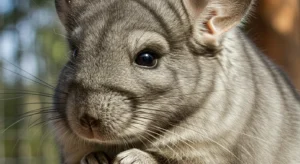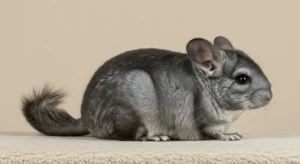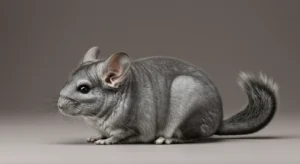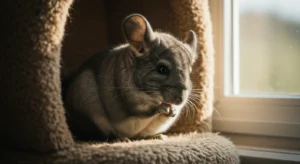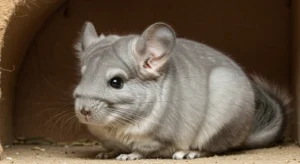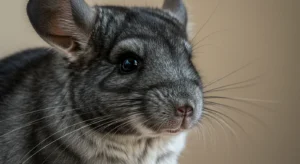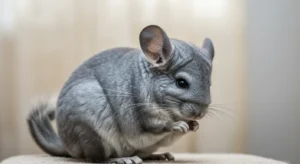Balancing Hay, Pellets, and Treats in a Chinchilla Diet
Providing a balanced diet is arguably the single most important factor in ensuring a long and healthy life for your chinchilla. Their digestive systems are specifically adapted to process high-fiber, low-nutrient vegetation. Understanding the correct proportions of hay, pellets, and treats is crucial to prevent common and often serious health problems like dental disease and digestive upset.
The Core Components
A healthy chinchilla diet revolves around three main components, each serving a distinct purpose and required in specific proportions:
- Hay: The absolute staple, forming the vast majority of the diet.
- Pellets: Provide concentrated nutrients to supplement the hay.
- Treats: Offered very sparingly for enrichment and bonding.
Getting the balance wrong can have significant health consequences.
Hay: The Foundation (80-90%)
High-quality grass hay is non-negotiable and should be available to your chinchilla 24/7. It serves multiple critical functions:
- Digestive Health: The high fiber content keeps the digestive tract moving, preventing GI stasis and promoting healthy gut bacteria.
- Dental Health: The abrasive nature of hay naturally wears down their continuously growing teeth, preventing malocclusion.
- Nutritional Value: Provides essential fiber and some nutrients.
- Behavioral Enrichment: Foraging through hay mimics natural behavior.
Types of Hay: Timothy hay is the most common and recommended choice. Orchard grass, oat hay, and botanical hays can also be offered for variety. Alfalfa hay is higher in calcium and protein and should generally be reserved for young, growing chinchillas, pregnant/nursing females, or underweight individuals under veterinary guidance; it’s too rich for most healthy adults as a primary hay. Providing unlimited access to high-quality timothy hay for chinchillas is essential.
Quantity: Unlimited. A chinchilla should always have access to fresh, clean hay. Replace daily.
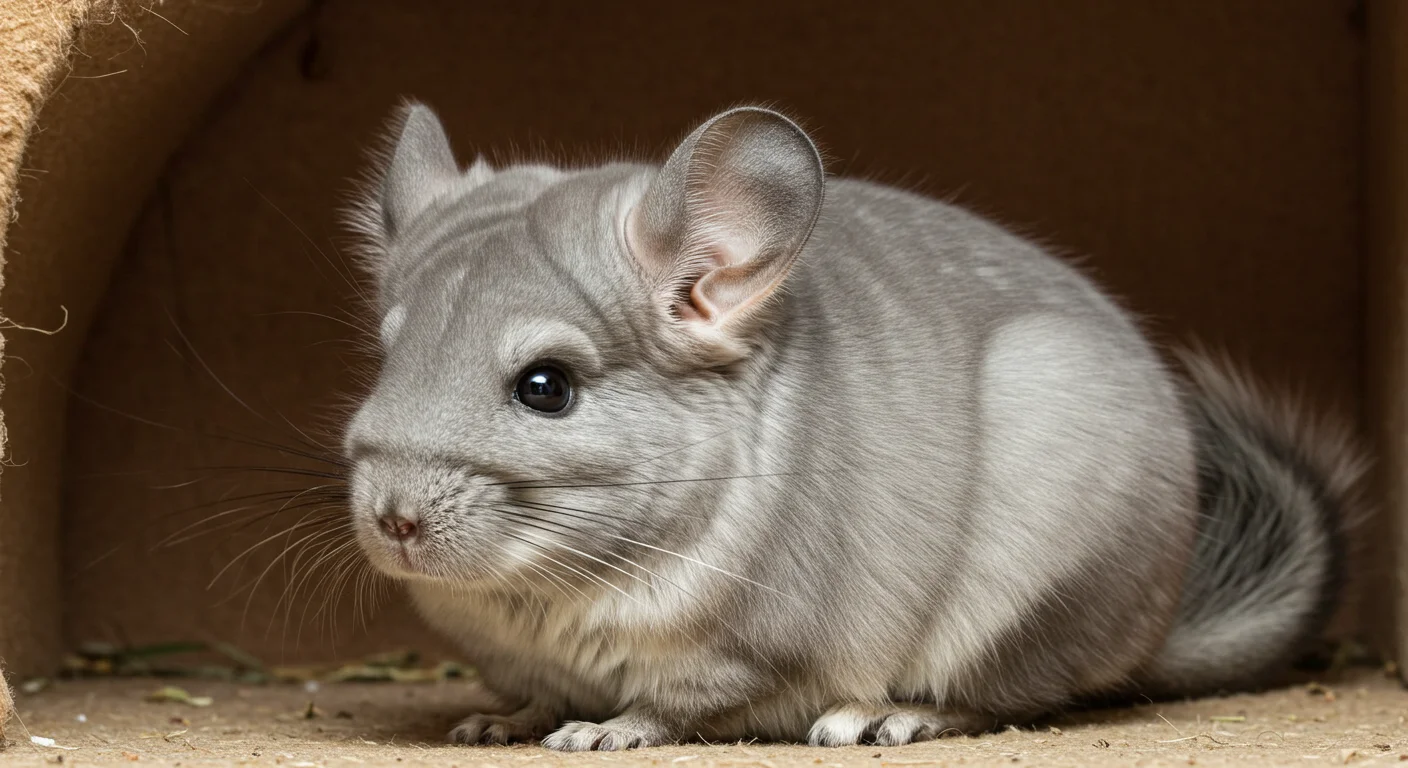
Pellets: Supplemental Nutrition (10-15%)
Pellets provide essential vitamins, minerals, and protein that might be lacking in hay alone. However, they are concentrated and should be strictly limited.
- Quality Matters: Choose high-quality, plain pellets based on timothy hay (for adults) or alfalfa (for youngsters/special needs). Avoid mixes containing seeds, nuts, dried fruit, corn, or colourful pieces – these are unhealthy fillers. Reputable brands focus on uniform, boring-looking pellets.
- Quantity: Approximately 1-2 tablespoons per adult chinchilla per day. Offering too many pellets discourages hay consumption, leading to dental and digestive issues.
Always measure the daily portion rather than keeping the bowl full.
Treats: The Tiny Extra (<5%)
Treats should make up a minuscule portion of the diet and are used for training, bonding, or enrichment – not as a significant food source. Chinchillas have a sweet tooth, but their bodies cannot handle sugar or fat well.
- Safe Options (Very Small Amounts): Dried rosehips (1-2 per week max), dried hibiscus or dandelion root (small pinch per week), plain shredded wheat (half square per week), plain Cheerios (1-2 per week max), a single goji berry occasionally. Certain chinchilla-safe wood chews also double as treats.
- Frequency: No more than a few times per week, and only one tiny treat per session.
- Avoid: Fruits (fresh or dried, except for the very occasional rosehip/goji), vegetables, seeds, nuts, yogurt drops, commercial “chinchilla treats” high in sugar/fat, human food. Choosing low-sugar chinchilla treat alternatives is crucial.
Think of treats as less than 5% of the weekly intake, not daily. Overfeeding treats is a common mistake leading to serious health problems.
Water: Essential Hydration
Fresh, clean water must always be available. Use a sipper bottle (check daily to ensure it’s working) or a heavy ceramic bowl (cleaned daily). Filtered or bottled water is often preferred over tap water, depending on local water quality.
Finding the Balance
Imagine a chinchilla’s daily food intake visually:
- A large pile of hay (available always)
- A small scoop of pellets (1-2 tbsp)
- Maybe a tiny shred of a safe treat (not even daily)
Why This Balance Matters
- Prevents Selective Feeding: Chinchillas might pick out tasty bits from mixes, ignoring healthier components.
- Ensures Adequate Fiber: Critical for gut motility and preventing stasis.
- Promotes Dental Wear: Hay requires extensive chewing. Pellets and treats don’t provide enough wear.
- Avoids Obesity & Related Diseases: Limits intake of high-calorie, low-fiber items.
Monitoring Your Chinchilla
Observe your chinchilla’s eating habits, weight, and droppings. Healthy droppings are numerous, dark, oval, and relatively dry. Changes can indicate dietary imbalances or health issues.
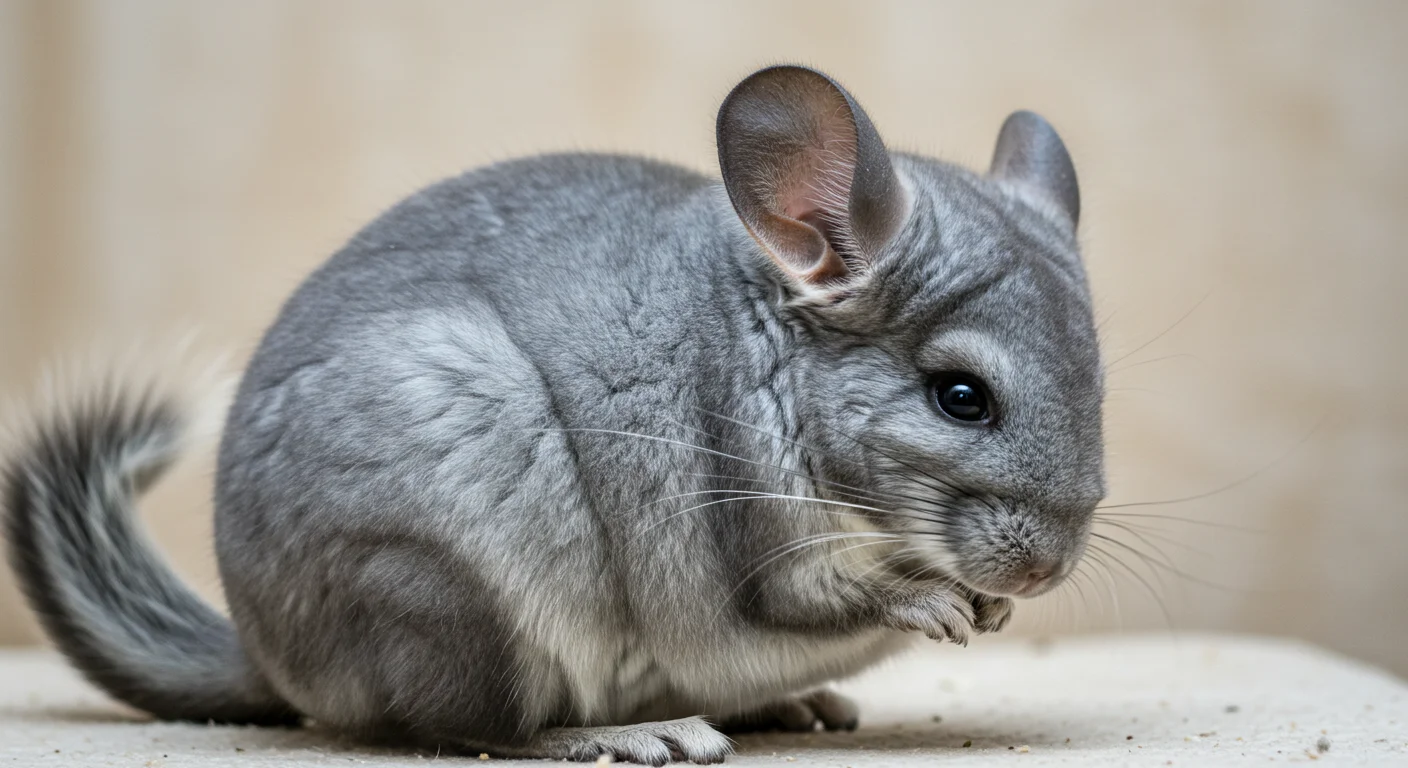
Sticking to the proper balance of unlimited hay, limited high-quality pellets, and extremely restricted treats is the cornerstone of responsible chinchilla nutrition and the best way to support their long-term health.
